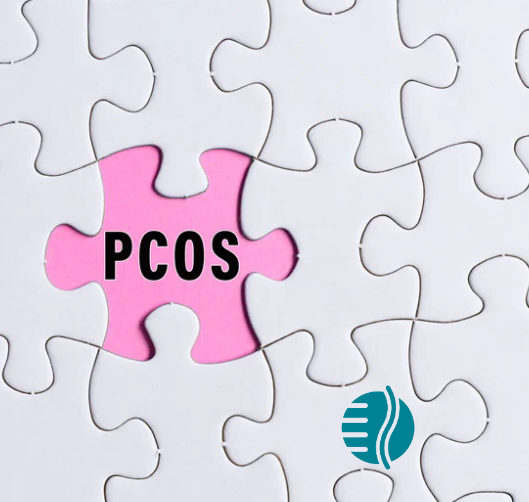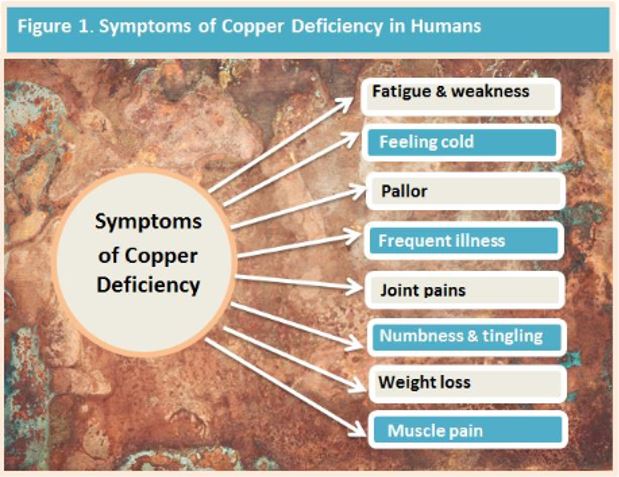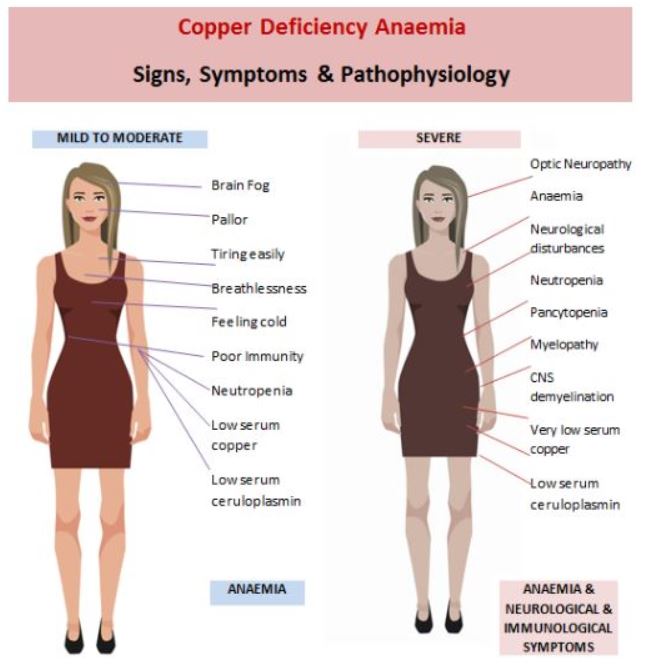HTMA & PCOS (Polycystic Ovarian Syndrome) in a 45-minute Mentoring Lecture.
InterClinical Mentoring Session:The complex relationships between Polycystic Ovary Syndrome, PCOS, sugar dysregulation, endocrine function, and female fertility emphasise the importance of understanding underlying causes. The clinical approach to addressing PCOS includes the use of HTMA testing (Hair Tissue Mineral Analysis) to identify and address the underlying factors such as mineral imbalances, stress, and hormonal imbalances and also the impact of heavy metals such as mercury on the body's functions, emphasizing...
Molybdenum: 10 Key Points to Master
Molybdenum is an essential mineral we are only beginning to learn more about. This article looks at what we know and what new research has revealed. Mo is indicative of methylation pathways and is closely aligned with Zinc. Understanding Mo's close relationship with Copper is important - it can be used to reduce Copper levels. Mo Antagonists: Ca, Cu, S, Hg, WMo Synergists: Ca, Na, Fe, Se, Co, Vit D, B1,...
Stress Response: What We Can Learn from a HTMA and the Mineral System?
Rick Malter, PhD A hair tissue mineral analysis (HTMA) is an excellent lab tool for assessing how a person is being impacted by stress. The mind/body stress response reflects both psychological and physical reactions that can have a profound effect on a person’s health. There are reciprocal relationships between the mind/body stress response and a person’s nutrient mineral system. The parts of a hair nutrient mineral pattern which are most significant in regard...
Copper Deficiency & Excess – Mastering Minerals 10 Masterful Facts
InterClinical eNews March 2020, Issue 102 Characteristics of CopperFactors Affecting Cu Homeostasis ScurvyLiver FunctionGenetic DisordersHigh Zinc Intake: Zn/Cu RelationshipCeruloplasmin and Citrate used in supplementsCopper Anemia Potassium Deficiency and CuCopper and dietBioavailabilityDetermining Cu statusConclusion REFERENCES Characteristics of Copper Copper is an essential micronutrient. The human body contains approximately 100 mg. It is a co-factor for many redox enzymes with ceruloplasmin being the most abundant Cu-dependent ferroxidase enzyme (with an important role in iron metabolism)....
Metalloestrogens – the Stealth Toxins
Stealth toxins that can play havoc with your hormones.InterClinical eNews December 2019, Issue 99 Metalloestrogens - Factors influencing Susceptibility Several metals can act as metalloestogens by binding to the oestrogenic receptor alpha and initiating cellular changes. However, not everyone exposed to toxic metals develops symptoms. (1) Some factors which affect the likelihood of developing symptoms include: Timing and duration of exposure - This appears critical. For example in hypogonadal males, correcting the hormone...
Heart Disease, Copper and Soft Drinks
InterClinical eNews June 2019, Special Edition Recently a popular news story warned that high, long term consumption of sweetened beverages such as soft drinks and soda may increase health risks. A study published in the journal Circulation (1) found that sugar-sweetened beverages, as well as artificially sweetened beverages, were associated with mortality rates. The study consisted of over 37,000 men and over 80,000 women who were followed for over 20 years. Their...
Anaemia and the Copper-Deficient Patient
InterClinical eNews November 2018, Issue 86 Copper deficiency is a less common and under-recognised cause of anaemia, producing an anaemia unresponsive to iron, vitamin B12 or folate. In this journal article four expert reviewers highlight the key features, the likely causes, the populations affected and how to treat the symptoms. Copper Deficiency Symptoms Mild copper deficiency is largely indistinguishable from other types of anaemia, apart from a persistent neutropenia. As it progresses in severity the symptom picture becomes...
Signs & Symptoms of Copper Deficiency
InterClinical eNews June 2018, Issue 81 Copper has been recognised as an essential mineral since the mid 19th century when copper deficiency anaemia was first identified. In this issue we take a closer look at daily copper needs, the symptoms people with copper deficiency can experience, identify at-risk populations and discuss how the symptom picture can be easily mistaken for other conditions Copper Requirements The Australian national adequate daily intake (AI) for copper is...






